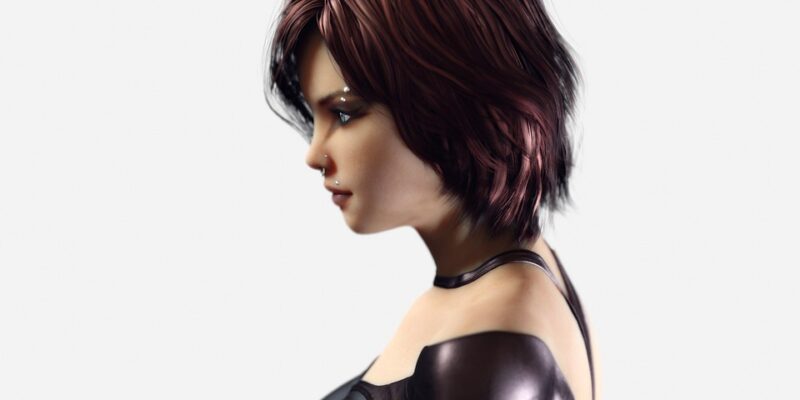The Evolution of 3D Character Design in Video Games
Introduction
Video games have come a long way since their inception, with advancements in technology allowing for more realistic graphics and immersive gameplay experiences. One key aspect of this evolution has been the design of 3D characters, which have become more intricate and lifelike over the years. In this article, we will explore the evolution of 3D character design in video games and how it has transformed the gaming industry.
Early Days of 3D Character Design
In the early days of video games, character design was limited by the technology of the time. Games were primarily 2D and characters were portrayed as simple sprites on screen. However, with the release of consoles like the Sony PlayStation and the Nintendo 64 in the mid-1990s, developers began experimenting with 3D graphics and character design.
One of the first games to truly showcase the potential of 3D character design was “Super Mario 64,” released for the Nintendo 64 in 1996. The game featured a fully 3D world for players to explore, with Mario rendered in 3D for the first time. This marked a significant shift in the way characters were designed in video games, moving away from the flat, 2D sprites of the past.
Advancements in Technology
As technology continued to improve, so too did the design of 3D characters in video games. Consoles like the PlayStation 2, Xbox, and GameCube allowed for more detailed character models and realistic animations. Games like “Metal Gear Solid 2: Sons of Liberty” and “Final Fantasy X” showcased the cutting-edge graphics and character design of the time.
The introduction of motion capture technology also revolutionized 3D character design in video games. Motion capture allows developers to record the movements of real actors and translate them into realistic animations for in-game characters. This technology was used extensively in games like “Uncharted” and “The Last of Us,” creating lifelike characters with fluid movements and expressions.
Artistic Style and Expression
Another aspect of the evolution of 3D character design in video games is the shift towards more diverse artistic styles and expressions. In the early days of 3D gaming, characters were often limited by technical constraints and tended to have a more cartoonish or exaggerated appearance.
However, as technology improved, developers began experimenting with different art styles and character designs. Games like “The Legend of Zelda: Breath of the Wild” and “Cuphead” showcase unique and stylized character designs that push the boundaries of traditional 3D character design.
Character Customization and Player Agency
One of the key trends in modern 3D character design is the emphasis on player agency and customization. Many games now allow players to create their own characters, choosing their appearance, clothing, and even personality traits. This level of customization gives players a greater sense of ownership over their in-game avatar and allows for more diverse and personalized gaming experiences.
Games like “The Sims” and “Fallout” are prime examples of this trend, allowing players to create and customize their own unique characters in a virtual world. This level of customization not only enhances the player experience but also highlights the importance of character design in creating immersive and engaging gameplay experiences.
The Future of 3D Character Design
As technology continues to advance, the future of 3D character design in video games looks brighter than ever. With the introduction of ray tracing and real-time rendering, developers can create even more realistic and lifelike characters with stunning visual fidelity.
One exciting development in the world of 3D character design is the use of artificial intelligence and machine learning to create procedurally generated characters. This technology allows developers to generate unique and realistic characters on the fly, opening up new possibilities for character design in video games.
In conclusion, the evolution of 3D character design in video games has come a long way since the early days of simple sprites and flat textures. Advances in technology, artistic expression, and player agency have transformed the way characters are designed and brought them to life in new and exciting ways. The future of 3D character design looks bright, with endless possibilities for innovation and creativity in the gaming industry.
